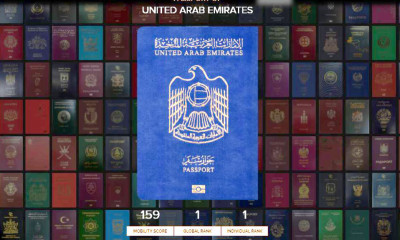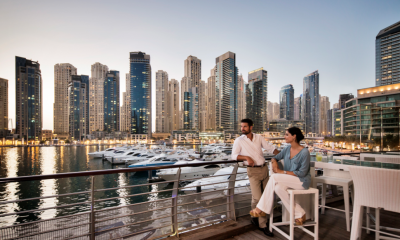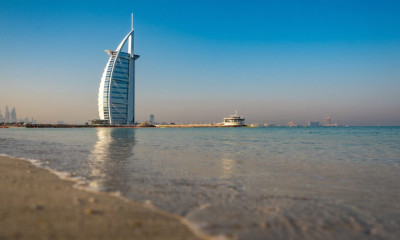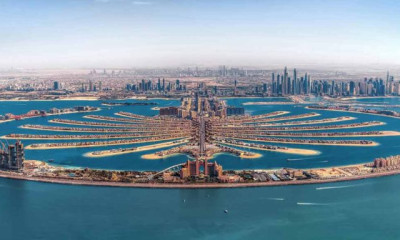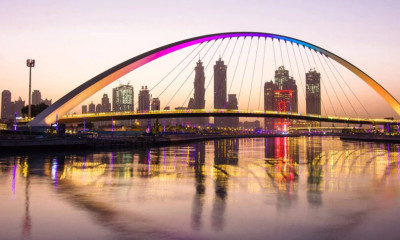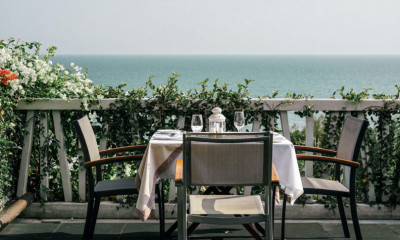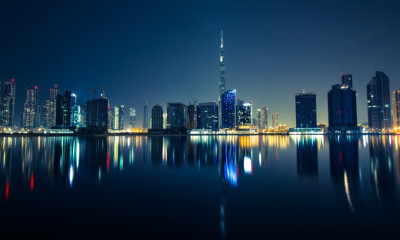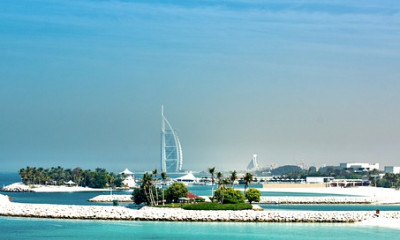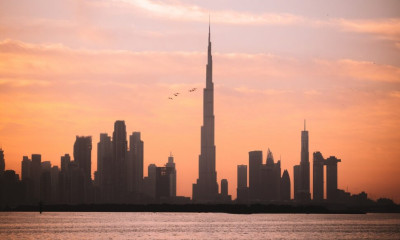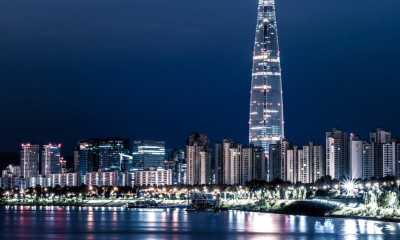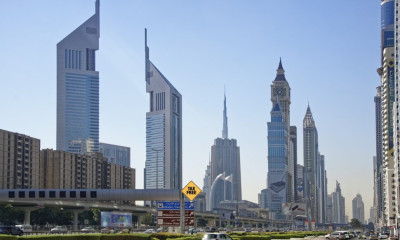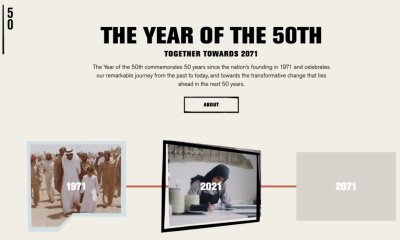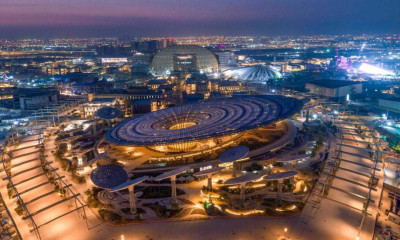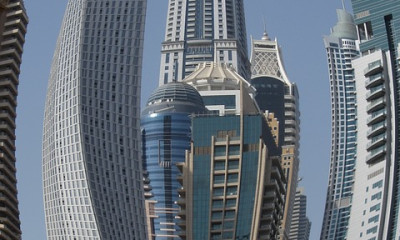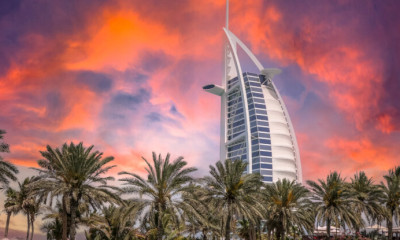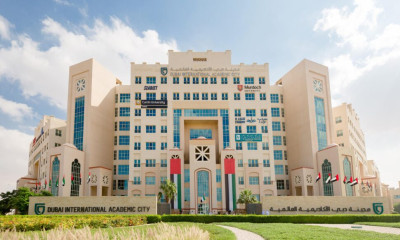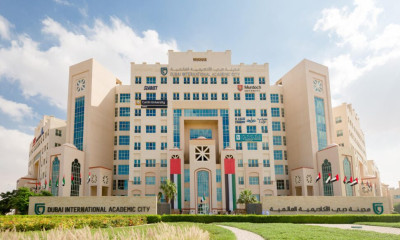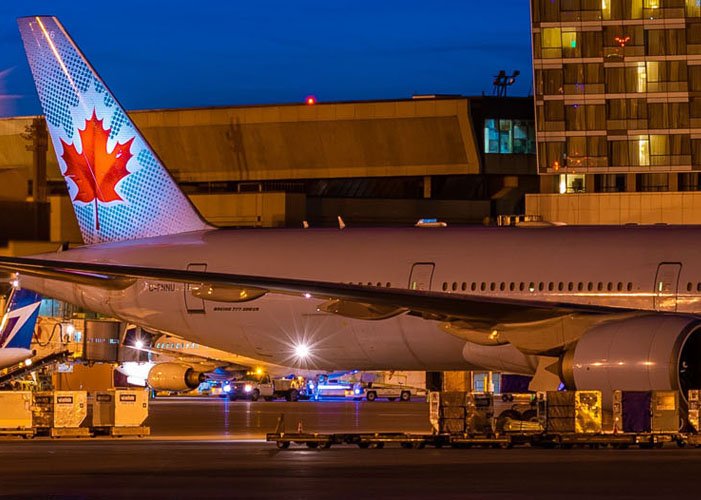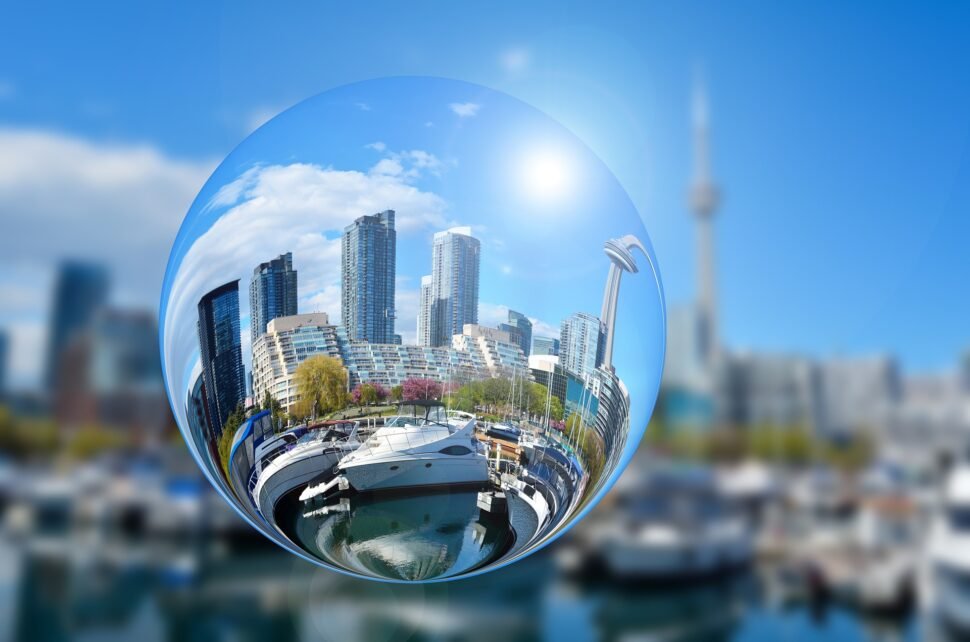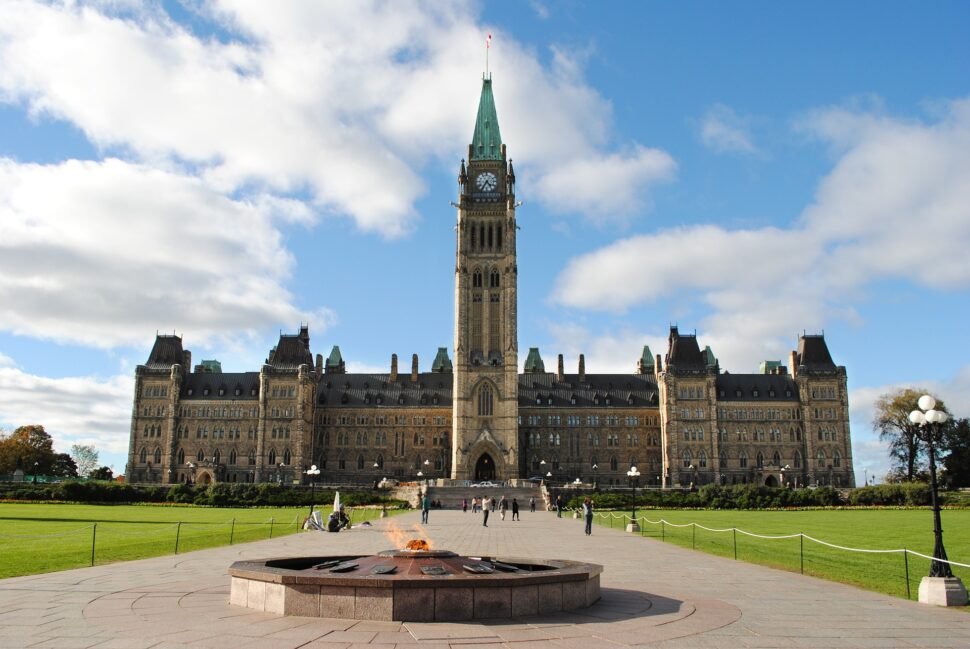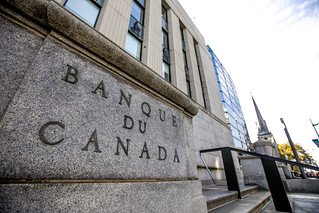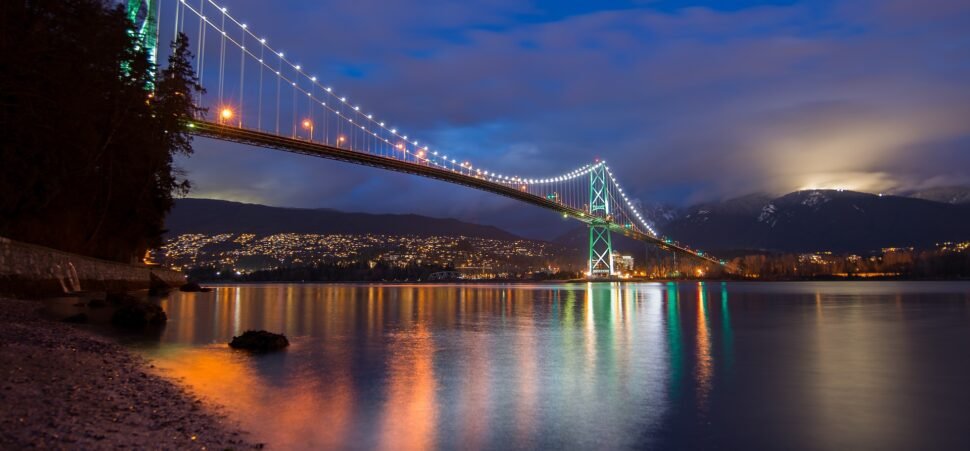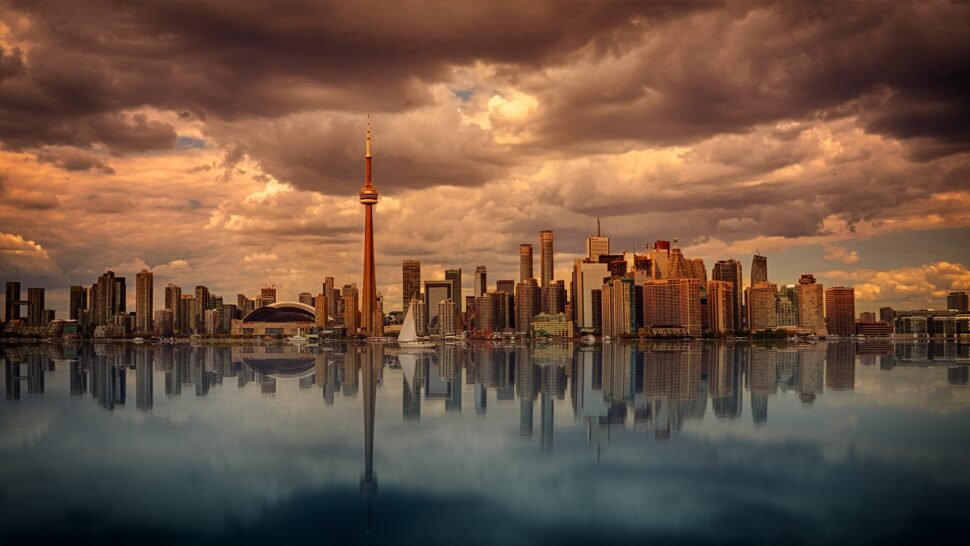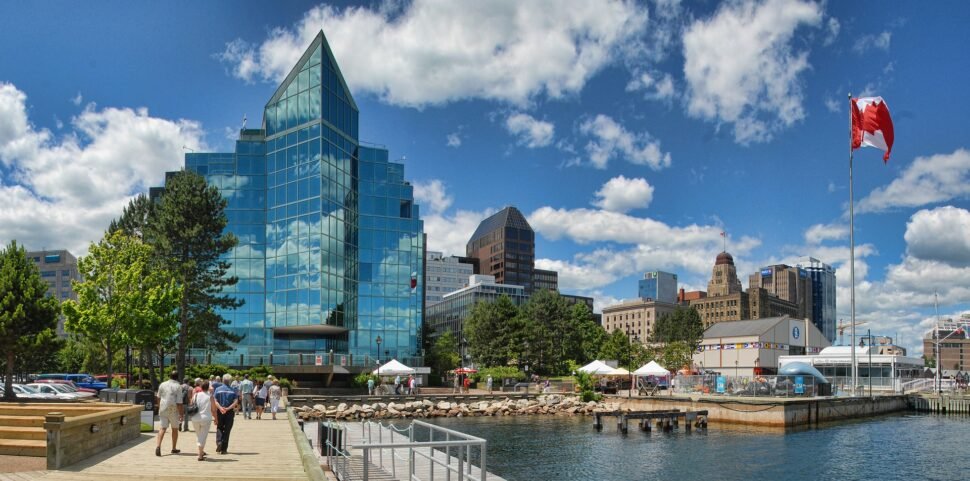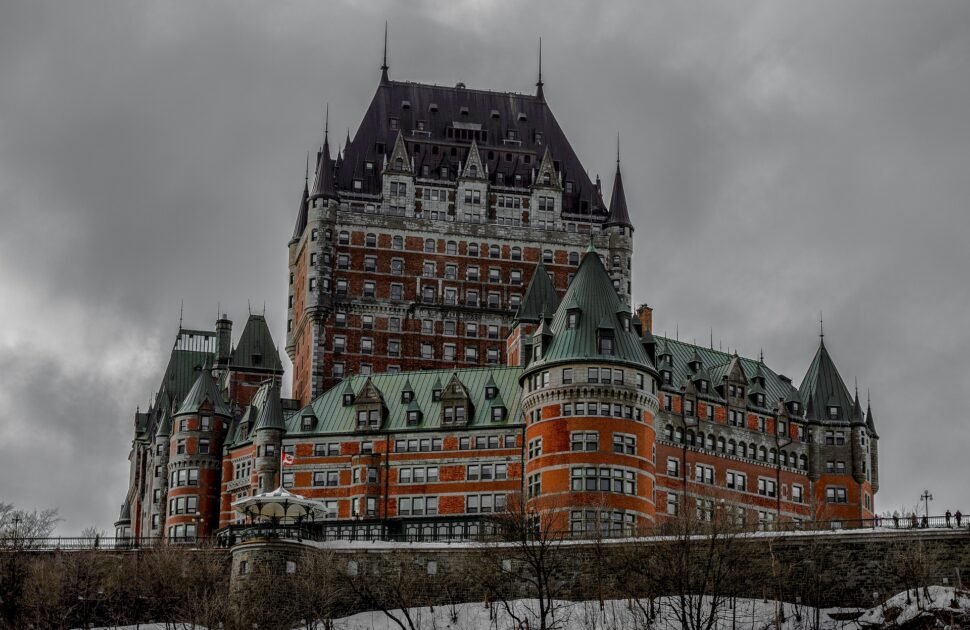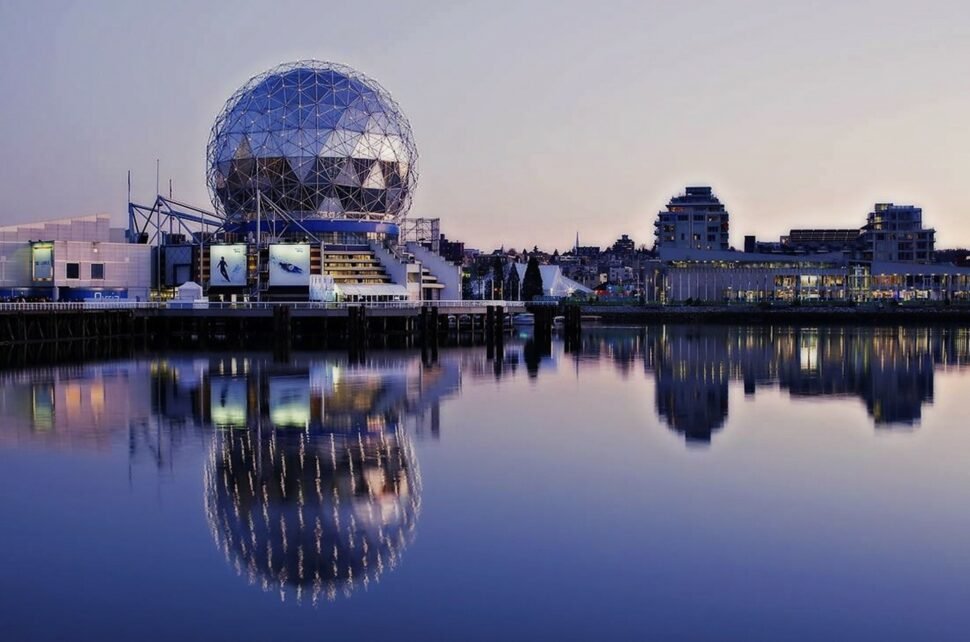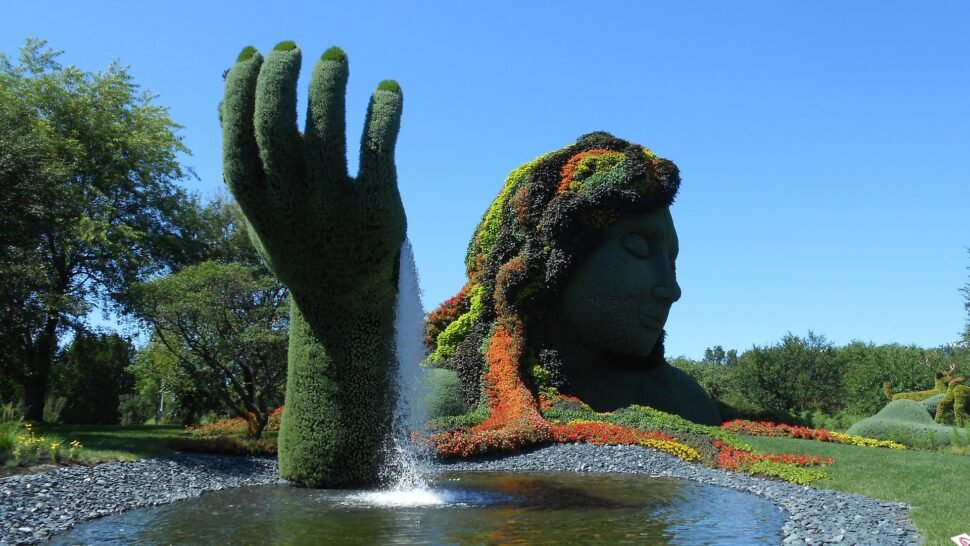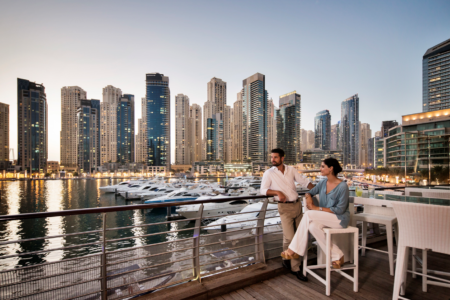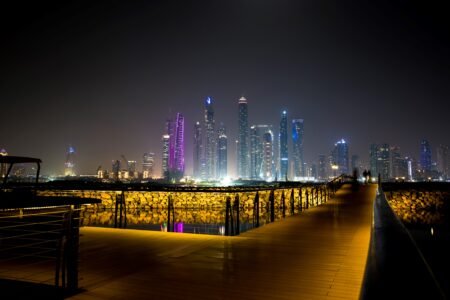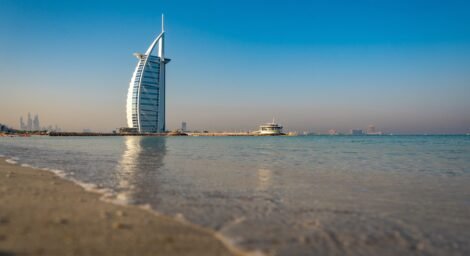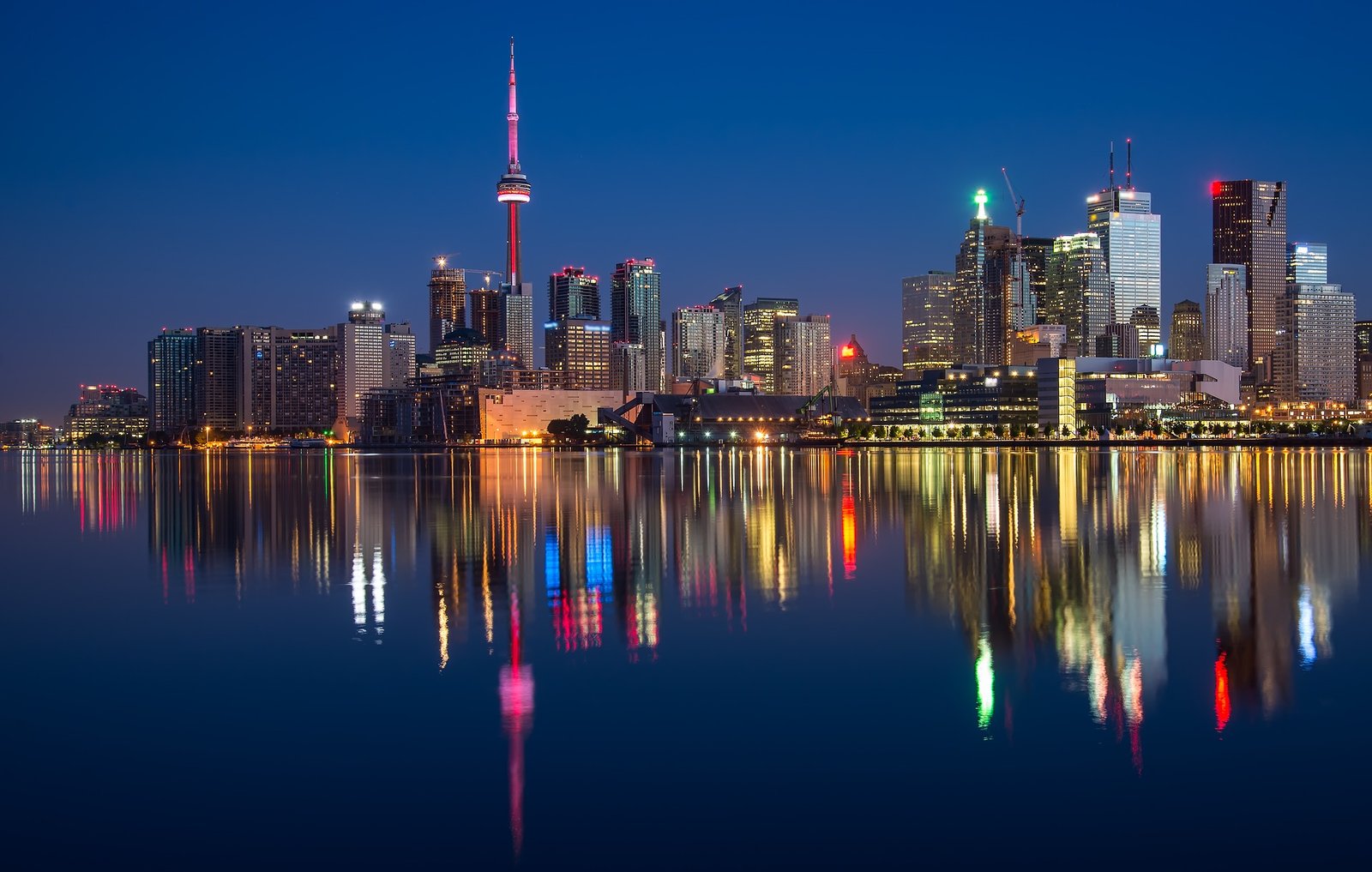
Canada is among Top 10 countries in the world that accept the most immigrants. It is undoubtedly the most open country in the world for immigrants, welcoming newcomers from 175 countries each year. This is largely due to it becoming the first country to launch an objective, points-based economic class immigration system in 1967.
Weather

Canada is a huge country and is among the coldest on Earth. But while the country is usually associated with cold weather and snow, in reality, its climate is as diverse as its landscape.
Cost of Living

Being a huge country, the cost of living in Canada varies. The national average cost of living for a single person is $2,730 per month and $5,158 for a family of four.
Taxation

Taxation is a prerogative shared between the federal and provincial/ territorial governments. The tax system is a progressive system: the more money you make, the more income tax you pay.
Quality of Life
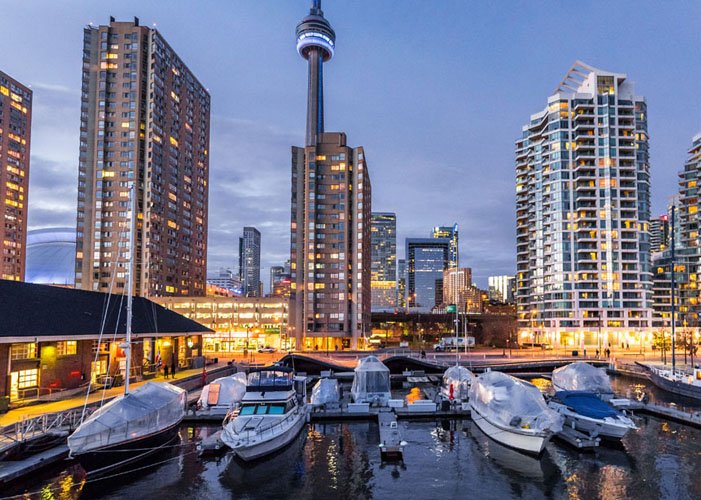
The US News and World Report ranked Canada as the best country to live in for the fifth year in a row in 2020. The rankings, formed in partnership with BAV Group and the Wharton School of UPenn are based on a survey of 20,000 global citizens.
The world’s second-largest country by area after Russia and accounting for about two-fifths of the North American continent with territories extending from the Atlantic to the Pacific and into the Arctic Ocean, Canada spreads out to 9.98 million square kilometres over 10 provinces populated by about 38 million people from across various cultures and countries. It is a huge country, but most of its northern areas are unfit for human living.
Canada’s north is a polar desert, covering a seventh of the country’s total landmass. It is extremely cold — temperatures average below freezing most of the year — and dry with very little rain (10-20cm a year). Not surprisingly, most residents live in the southernmost parts of the country, within 200km of the US border.
But neither Canada’s expansive wilderness nor its climate has stopped immigrants from making their way towards it in hordes. The grandeur of its landscape has remained a big pull for tourists as well. Its thriving tourism industry supports more than 1.8 million jobs. Just before Covid-19 stuck and stalled global tourist flow in 2020, the year 2019 was the best on record for Canadian tourism, with 22.1 million arrivals, breaking the 22-million-mark for the first time. Overnight arrivals to Canada from countries other than the US reached an all-time high of 7.15 million, up from 6.7 million in 2018.
Canada is among the 10 countries in the world that accept the most immigrants. It is undoubtedly the most open country in the world for immigrants, welcoming newcomers from 175 countries each year. This is largely due to it becoming the first country to launch an objective, points-based economic class immigration system in 1967. Since then, it has seen its source countries for immigrants diversifying significantly. The economic class immigration system does not take into account a candidate’s country of origin and the country does not have per-country quotas in place. In 2019, India accounted for 25 per cent of the 341,000 immigrants welcomed by multi-ethnic Canada, the eighth largest immigrant population in the world.
Canada has said that it is committed to welcoming higher levels of immigrants to support its post-Covid economic recovery. In 2020, Immigration Minister Marco Mendicino announced the most ambitious immigration targets in Canadian history: the country aims to welcome at least 401,000 new immigrants per year between 2021 and 2023
In March 2020, Canada’s Immigration Minister Marco Mendicino announced Canada would seek to welcome 341,000 new immigrants, the same level as in 2019. However, days later, PM Justin Trudeau announced Canada was compelled to impose new travel restrictions to contain the spread of COVID-19. The country welcomed just 184,370 new permanent residents in 2020 as newcomer flows fell due to the coronavirus pandemic. This was the lowest level of immigration to Canada since 1998 when it welcomed just over 174,000 immigrants.
Nevertheless, the country has said that it is committed to welcoming higher levels of immigrants to support its post-Covid economic recovery. In late October 2020, Mendicino announced the most ambitious immigration targets in Canadian history. Under the 2021-2023 Immigration Levels Plan, Canada aims to welcome at least 401,000 new immigrants per year.
Why do people choose Canada? It is warmly friendly, safe, welcoming and generally possesses an incredibly civilised society. What also helps its appeal immensely is the absence of fees for medical treatment, doctors’ appointments, dental visits – even eye tests. Canada has been frequently voted one of the best countries in the world to live in
Why do people choose Canada? It is warmly friendly, safe, welcoming and generally possesses an incredibly civilised society. What also helps its appeal immensely is the absence of fees for medical treatment, doctors’ appointments, dental visits – even eye tests. The country’s natural and scenic beauty is second to none. Canada has been frequently voted one of the best countries in the world to live in. It is known for its high standard of living, clean environment, low crime rate, and outstanding infrastructure.
The Great White North had been ranked as the sixth-safest country in the world and the 28th most expensive. Canada offers the most established and widely-used investment-based immigration programmes conferring permanent resident status. Since 2017, there has been no investment immigration programme at the federal level. There are options available only at the provincial level.
Making a full-time and permanent move to this nation is much more difficult. Visitors are allowed to buy the property and rent it out when they’re not in the country. One could even get a mortgage and are entitled to receive Canada’s Old Age Security (OAS) pension even if you’ve never worked in Canada provided you are 65 or older; have lived in Canada for at least 10 years since the age of 18 and you are a Canadian citizen or legal resident at the time your application is approved.
There is no specific retirement visa in Canada. People from certain countries such as the US, most of the EU nations, Australia and New Zealand do not need to obtain a visa if they plan to live in Canada for no more than six months a year. There are several ways to become a permanent resident of Canada. The most popular economic programs are Quebec Immigrant Investor Program, Express Entry Program (Federal) and Provincial Nominee Programs.
There is no specific retirement visa in Canada. People from certain countries such as the US, most of the EU nations, Australia and New Zealand do not need to obtain a visa if they plan to live in Canada for no more than six months a year. There are several ways to become a permanent resident of Canada
The selection procedure is similar under both the federal and Quebec programs, with the following distinction: applicants who want to establish themselves economically in the province of Quebec have to obtain a certificate of the selection of Quebec (CSQ) before applying for permanent residence to the Government of Canada. Applicants and their dependents will be assessed on health and security grounds. Holders of a CSQ are required to reside in the province of Quebec.
For the Quebec Immigrant Investor Programme (QIIP), a government bond contribution of CAD$1.2 million (about Dh3.55 million) is required. It has a processing time of 48 to 56 months. The key benefit is the eligibility for citizenship after three years of physical presence in five years (1,095 days out of 1,825 days). One can establish residence by applying for Canadian permanent residence in several categories: investors, entrepreneurs, self-employed persons and skilled workers and professionals.
For the immigrant investor programs, the five government selection criteria are
- You must demonstrate relevant business experience, as defined under the regulations. In essence, you must have previously managed or operated a qualified business for at least two out of five years preceding your application;
- You and your spouse must have legally obtained personal net worth of a minimum of CAD$2 million (about Dh5.9 million);
- Your entire family must complete and pass Canada’s medical and security evaluations;
- You must invest CAD$1.2 million for five years at no interest under one of the two available immigrant investor programs. The investment is government-guaranteed and will be repaid in full at the end of the investment period; and
- You will also be assessed on age, language, education, experience, and time spent in Quebec on a points-based system.



